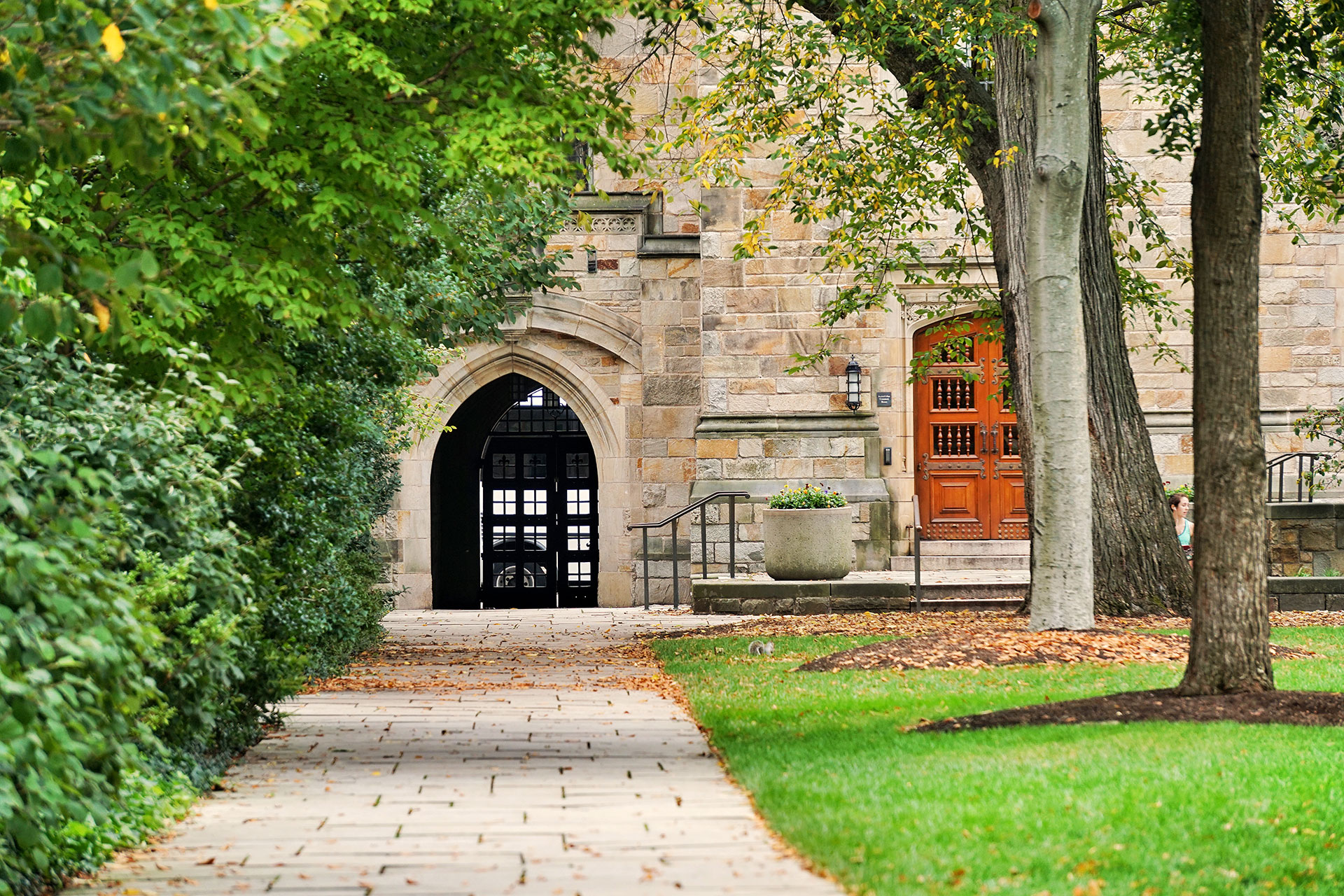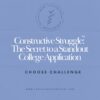
Recently, a student confided in me that she did not end up like her brother — rejected from ALL of the schools on his list except for one in-state school. I asked her what his “Likely” school was and she innocently answered, “Williams.” Ummm, I quickly explained to her that with an overall 12% acceptance rate, Williams is NO ONE’S “Likely” school!
This is a prime example of a student who did not create a balanced list of schools, and instead only included highly selective, as well as highly unpredictable schools on his list. Perhaps this was based on lack of information or perhaps it was magical thinking. As we got to work on her list, I discussed with her in detail the need for a balanced list of schools that are based on realistic expectations and grounded in facts.
How To Create a Balanced College List
As a rule of thumb, college lists should be divided into at least three categories and in many cases, four.
- Wild Card – Extremely low chance of acceptance (1-10%). Any school with under a 10% acceptance rate (regardless of WHO you are)
- 3-4 Reach – Low Chance of Acceptance (11%-25% chance of acceptance)
- 3-5 Target – Medium Chance (26%-60% chance of acceptance)
- 3-4 Likely – High Chance (61%+ chance of acceptance)
To determine generally whether a school is a Wild Card, Reach, Target, or Likely, it can help to look at three main data points, see CollegeData:
- The school’s general acceptance rate.
- Average weighted and unweighted GPA for last year’s incoming freshman.
- Average SAT/ACT scores for last year’s incoming freshman.
And, obviously, where your personal metrics fit into these factors. There are other aspects that can impact your chances of acceptance and could become important factors for very selective colleges, including:
- Whether you have a “hook” (e.g. legacy, recruited athlete), or unique story that helps you stand out among thousands of other applicants
- The popularity or competitiveness of your major (e.g. Computer science or other STEM majors tend to be much more competitive)
- What you are doing outside of class (extracurricular activities)
- Whether you are applying Early Decision, Early Action, or Regular Decision
Of course, for the 2021 applicant pool, and possibly 2022, many colleges have made the decision to go test optional in light of the limited testing opportunities currently available. For more detailed information, visit The Changing College Admissions Landscape.
Schools are emphasizing that they will be able to effectively evaluate students who are unable, or choose not, to submit test scores during these unprecedented times. This means that schools will make their best efforts to look at students in the context of their situation during the pandemic. Colleges understand that students were taken off their extracurricular and sports paths, as well as academic ones, and vow to read the applications holistically, as they always have.
The good news is that the colleges are showing understanding and flexibility, so stay the course. The best advice we can give to students is, “Love your List,” even down to your likely schools.






